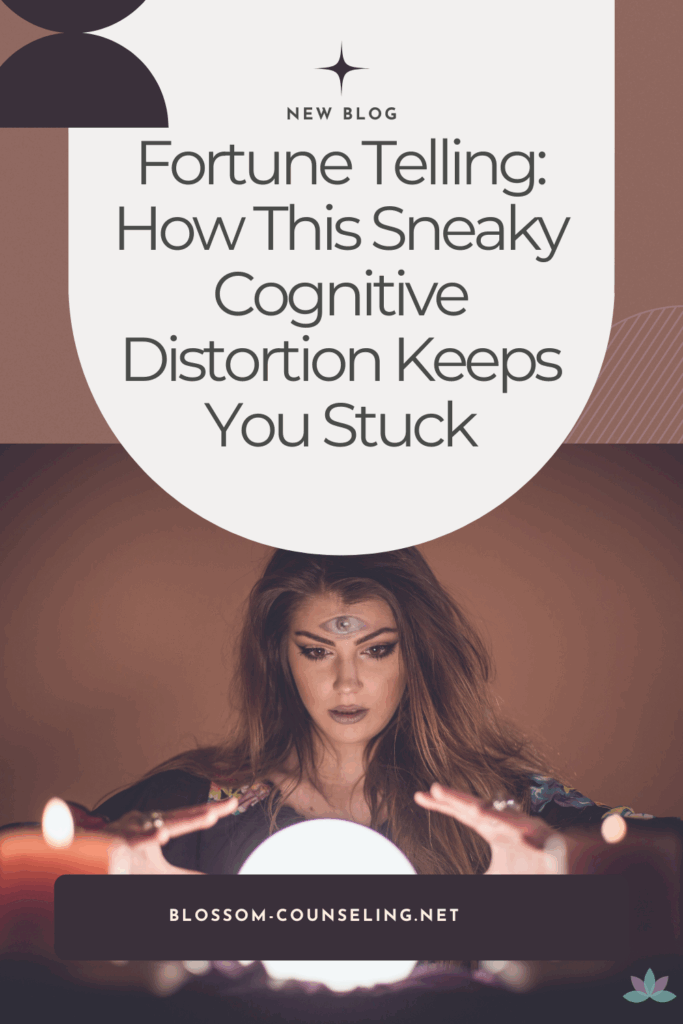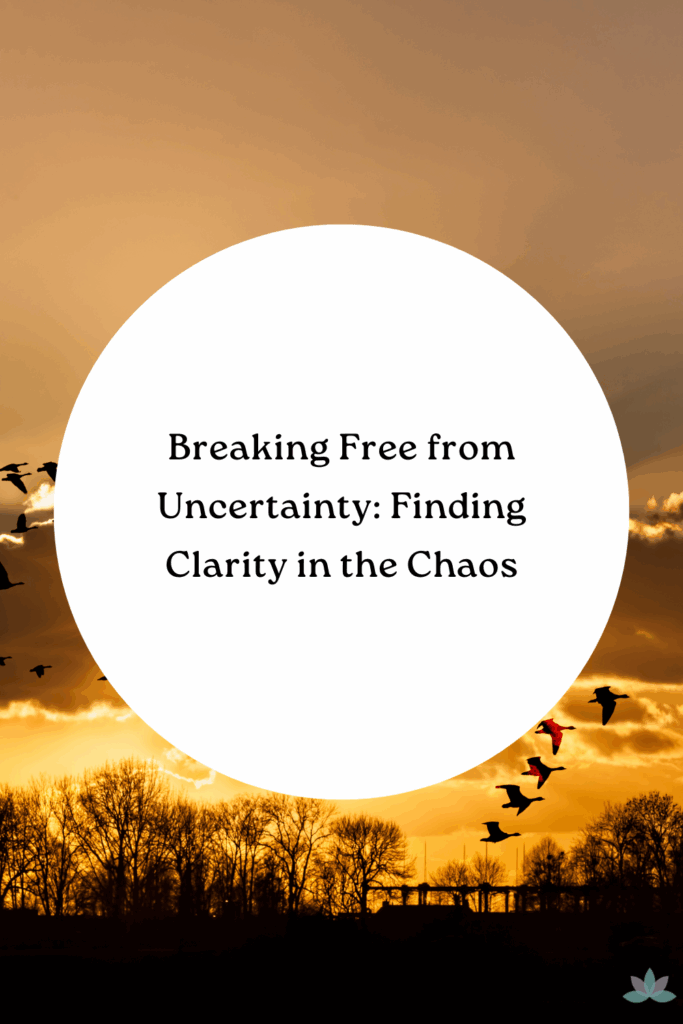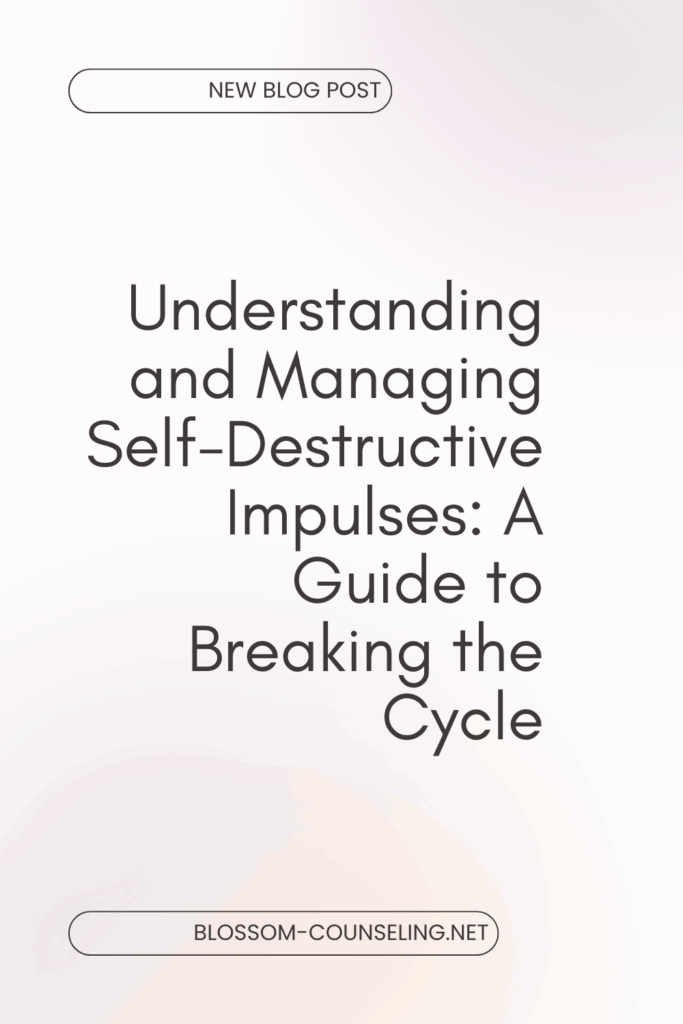 Ever walk into a coffee shop and instantly feel cozy, or notice how hospitals always seem to go heavy on the beige? That’s not a coincidence. It’s color psychology at work.
Ever walk into a coffee shop and instantly feel cozy, or notice how hospitals always seem to go heavy on the beige? That’s not a coincidence. It’s color psychology at work.
Colors do way more than make a room look nice. They set the mood, influence how we think, and even affect how our bodies feel. Our brains are wired to respond to color, whether we realize it or not. That’s why choosing a bedroom color suddenly feels like a life decision—because in some ways, it is.
Why Does Color Affect Mood?
Our brains connect colors to emotions and experiences. Some of that comes from culture, and some is just built into us (red means danger, green means go). When we see a color, our nervous system takes it in and sends little signals that can make us feel calm, restless, focused, or even hungry.
The Vibe Check: What Different Colors Communicate
Let’s make this fun and visual:
Blue: Ocean waves and clear skies. It tells your brain it’s safe to relax. No wonder therapists love it—it’s basically the “take a deep breath” color.
Yellow: Pure sunshine. It boosts mood and energy, but too much can be overstimulating. Neon yellow walls? Probably not the vibe.
Green: Nature’s neutral. Easy on the eyes, grounding, and calming. Perfect for when you want balance and peace.
Red: All energy, all intensity. Great for motivation, not ideal for your bedroom if you already have anxiety.
Neutrals: Beige, gray, white—they’re calm and clean, but too much can feel flat or sterile. Add texture or warmth to make them feel alive.
It’s Not Just About Paint
Color shows up everywhere: in your clothes, your favorite coffee shop, the branding you scroll past every day. Ever notice fast food places love red and yellow? Those colors literally make you hungry and impatient. Earth tones in yoga studios? They’re meant to help you breathe deeper and slow down.
So… Should You Redecorate?
Maybe! But more than anything, start paying attention to how color affects you. If gray walls make you feel blah, that’s real. If bright colors stress you out, that’s valid too.
Color is another tool in your mental health toolbox—a simple, creative way to shift your environment and support your mood without needing a total life overhaul. Sometimes a new paint color really can be the first step toward a lighter, calmer space (and a lighter, calmer you).
Hi, I’m Megan! I’m a licensed professional counselor who helps kids, young adults, and adults find calm, confidence, and balance when life feels overwhelming. My approach to therapy is real, compassionate, and focused on helping you feel more grounded in your everyday life.
I get that anxiety and stress can show up in a hundred different ways—racing thoughts, tight shoulders, restless nights, or just feeling stuck. Together, we’ll slow things down, untangle what’s been weighing on you, and build tools that actually work for your life. Therapy with me is about feeling heard, supported, and capable of handling whatever comes next.
When I’m not in session, you can find me with an audiobook playing, spending time with friends, or watching a good show with my husband. If you’re ready to make life feel a little lighter and a lot more manageable, I’d love to work with you.




